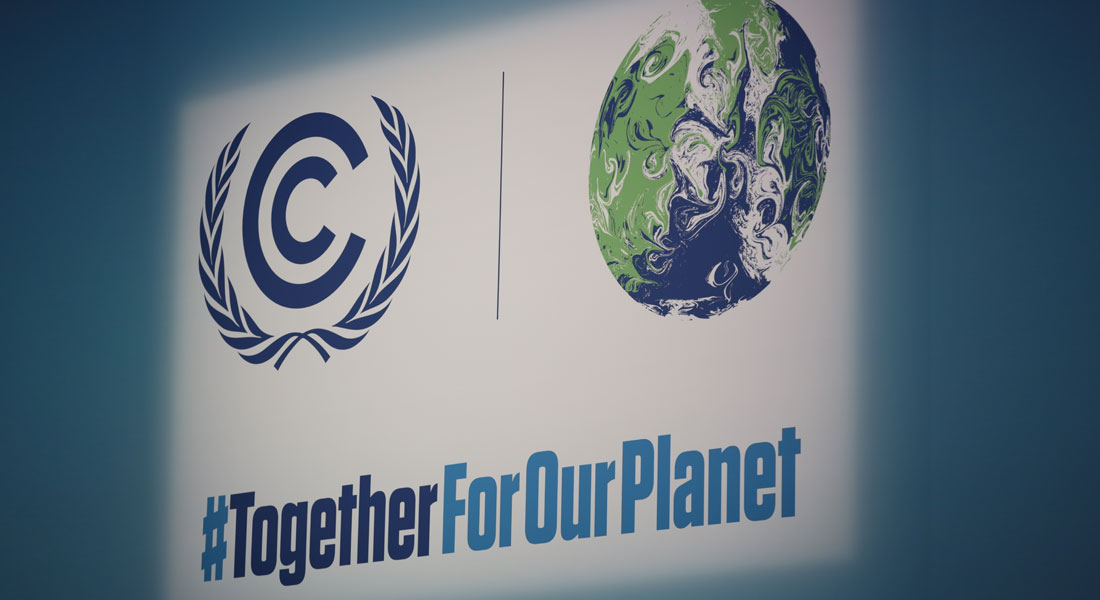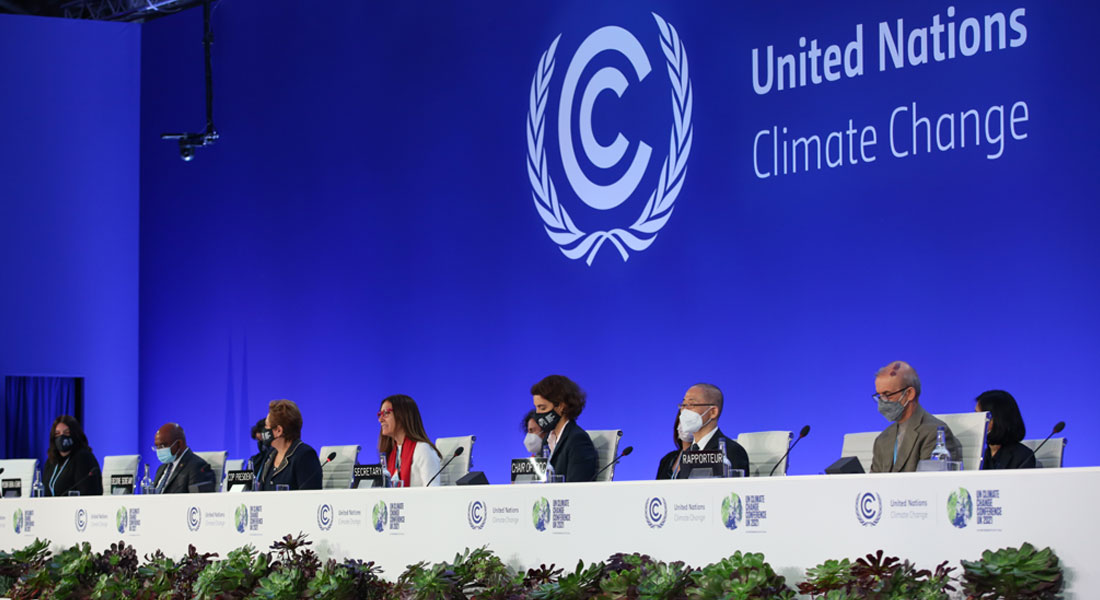At a glance
UN Climate Change Conference 2022: COP 27 at a glance
Are you looking for information on the UN Climate Change Conference 2023?
Find out more about COP28 in Dubai in our latest article UN Climate Change Conference 2023: COP28 in Dubai at a glance.
When and where will the UN Climate Change Conference 2022 take place?
Egypt is the host for this year’s UN Climate Change Conference, which will be held on 6–18 November in Sharm El-Sheikh. Located on the Red Sea coast on the Sinai Peninsula, the city has a population of roughly 35,000 and is a popular tourist destination.
What are the goals of the UN Climate Change Conference?
All Parties are called upon to review and update their national climate goals by the time of the Conference. In other words, they are asked to make these goals more ambitious. By then, they are also expected to have drawn up long-term strategies designed to remove all emissions that are harmful to the environment by the middle of the century and thus to achieve net zero. In general terms, the goal involves taking immediate steps to implement the decisions laid out in the 2015 Paris Agreement, which were further refined most recently in Glasgow in 2021. This also includes the Parties making good on their promise and channelling US$100 billion each year in climate finance for developing countries.
Who will be taking part in the Conference?
A total of 197 Parties will be attending the Conference. In addition, there are what are referred to as ‘observers’ – predominantly intergovernmental organisations (IGOs) and non-governmental organisations (NGOs). There are more than 3,000 observers. The Conferences are organised by the secretariat of the United Nations Framework Convention on Climate Change (UNFCCC), which is located in Bonn, Germany, and has been headed by Simon Stiell from Grenada since 15 August 2022.

What are the most important climate goals?
The international community has set itself the task of limiting global warming to a tolerable level of no more than between 1.5 and 2 degrees Celsius above pre-industrial levels. Reaching this target will require the Parties to cut their greenhouse gas emissions. This means that economies need to transform: over the course of the next 20 to 30 years, they will have to manage without fossil fuels and operate almost entirely carbon-free. Since it is virtually impossible for poorer countries to accomplish this feat alone, the climate summits also focus on the resources required for this transition and for climate change adaptation.

What were the outcomes of COP 26 in Glasgow?
The UN Climate Change Conference in 2021 was seen as particularly important as it concluded the first five-year cycle following the Paris Agreement. The cycle ended a year later than planned due to the coronavirus pandemic. In Glasgow, the Parties adopted the Glasgow Climate Pact, in which they reaffirmed the goal of 1.5 degrees, among other measures. The Pact also called on the Parties to phase out coal-fired power plants and eliminate inefficient fossil fuel subsidies. Although no specific time frame was given for either of these goals, the reference to them was regarded as unprecedented and pioneering. Industrialised countries also vowed to make more money available for climate adaptation measures.

UN Climate Change Conference 2023: COP28 in Dubai at a glance
Global CO2 emissions: the warmest seven years on record (giz.de)
A look back at the most important climate conferences since 1992 | akzente (giz.de)
1.5 degree target: small difference, big impact | akzente (giz.de)
„Climate is part of our DNA“ by Jörg Linke, Head of GIZ’s Competence Centre for Climate Change
A village is saving its jungle | akzente (giz.de)
